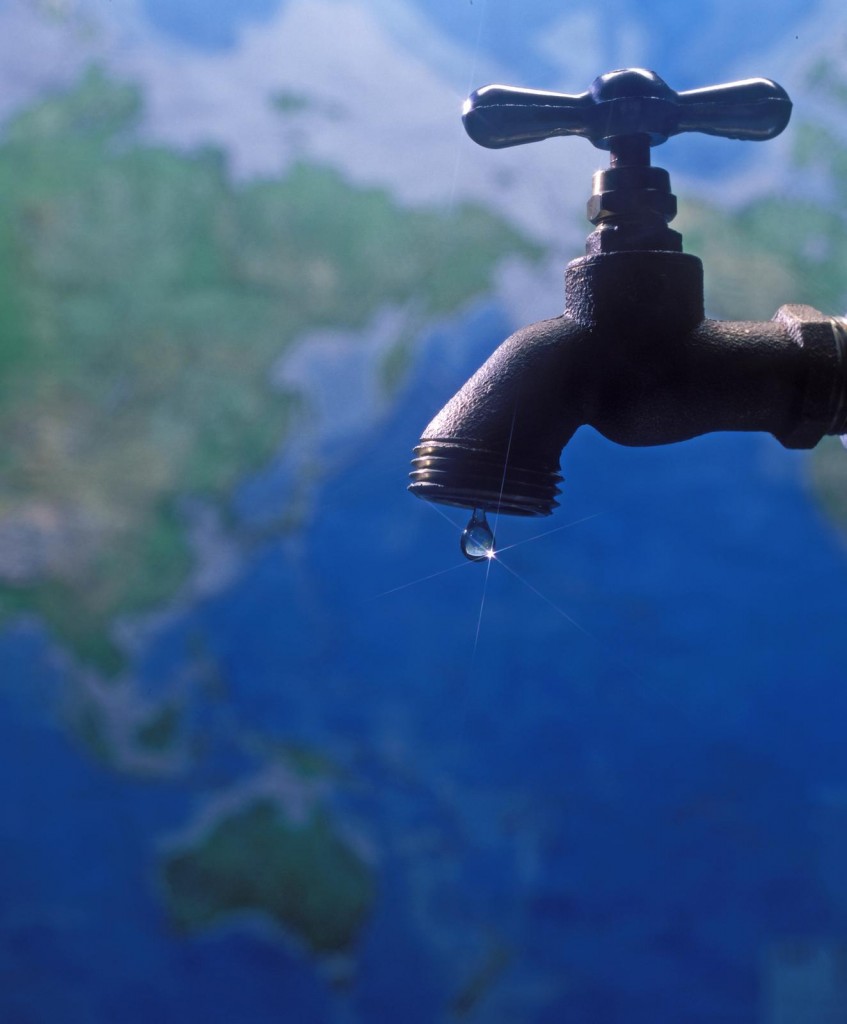There’s currently no sign of California’s dry spell abating. With much of the state’s sources of water bone dry, authorities have turned to the Pacific for their water need. All eyes are currently on the Carlsbad desalination plant, which will provide San Diego County with seven percent of its water needs. A second plant in Huntington Beach has been proposed but awaiting approval.
While desalination plants have created oases in the most arid places, some believe desalination shouldn’t be the long-term solution. In a letter to David Pisarra and his article on desalination in the Santa Monica Daily Press, Matthew King, communications director of the nonprofit Heal The Bay, argued that a more natural course is needed.
He’s referring to storm water management solutions, allowing nature to clean its own runoff and send it back to the source free of pollutants. Basically, the Earth is one giant filtration system, filtering water via evaporation, infiltration and absorption. The ground contains microorganisms that can break down any contaminants in water.
King doesn’t doubt the efficacy of desalination in supplying a bone-dry California, but he, along with other experts, believe it’s not the answer. Desalination is a complex science that requires capital investment on the proper technology, which can drive costs up to $2,000 per acre-foot. In fact, energy can make up half of a desalination plant’s overhead costs.
If any drought-stricken state is to get serious with water conservation, it should let nature help. Fortunately, the technology necessary to make this happen is now available in the form of storm water management systems like StormChamber®. With the earth as its base, these solutions let storm water infiltrate in a more organized manner.
The barrels hold storm water for a time until they get their turn to infiltrate, much like a detention pond. While at it, a sediment trap system collects as many sediments and pollutants as possible before the water infiltrates. It doesn’t use any moving parts or apply chemical treatments; it just allows the contaminants to silt at the bottom of the trap.
Save for its manufacture, storm water management systems use virtually zero kWh in doing its job. As it infiltrates into underground aquifers and reservoirs, the storm water returns to the main bodies without the risk of contamination. They highlight certain stormwater best management practices such as cost effectiveness and energy savings.
Sources:
“Letter: Taking desalination with a grain of salt,” Santa Monica Daily Press, April 9, 2015
“Desalination plants aren’t a good solution for California drought,” Los Angeles Times, April 24, 2015






